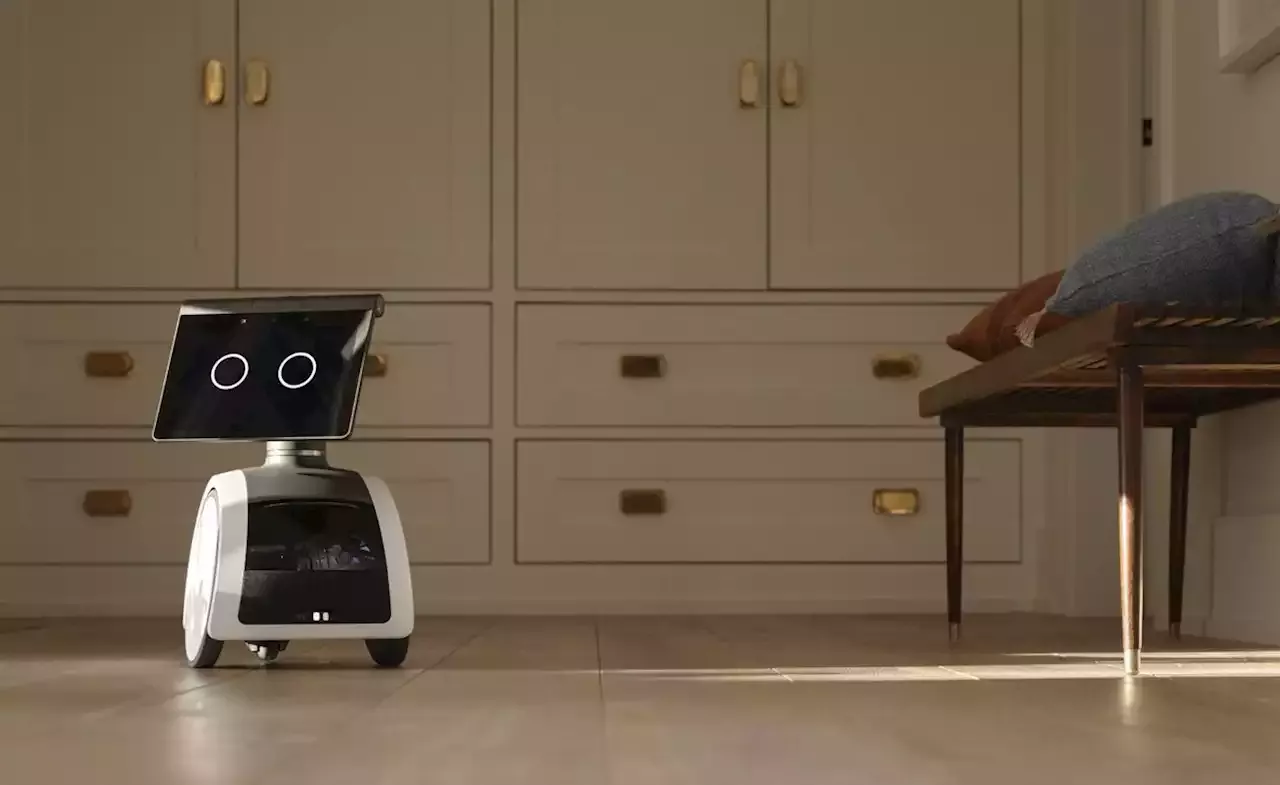In August 2022, Amazon spent $1.7bn on iRobot, an American start-up with one foot in military contracts and the other in domestic cleaning robots. iRobot is best known for its Roomba series of machines, the puck-like vacuum cleaning bot that was introduced way back in 2002. It was the latest move by a tech titan that’s getting deadly serious about all aspects of robots in the home.
Green reiterates Amazon’s primary mission – to ‘remove the friction between the tech and our customers’. ‘We really want to fade into the background. We want Amazon services to be built into every part of your life but in the background,’ he says, citing Kindle Paperwhite as the ‘gold standard’ for a technology that allows you to focus on reading, with no other distractions.
The primary way of getting all this across is through the device’s simple circular ‘eyes’. ‘They are the best form of non-verbal communication. We wanted to make sure the eyes were understood by everybody,’ Green says, explaining how they started with the universal language of emojis, filtered through Amazon’s animation principles .
Before Astro has even rolled across the threshold of any old paying customer’s home, you can already buy plenty of knock-offs. Miko, Misa, Vector, Skymee, Enabot, and countless other, presumably much lesser robots. It’s similar to the motley pack of robot dogs that waddled in the footsteps of Sony’s popular Aibo. Many of these have a singular purpose – security, pet cam, educational toy – and some might even offer Alexa built in.
